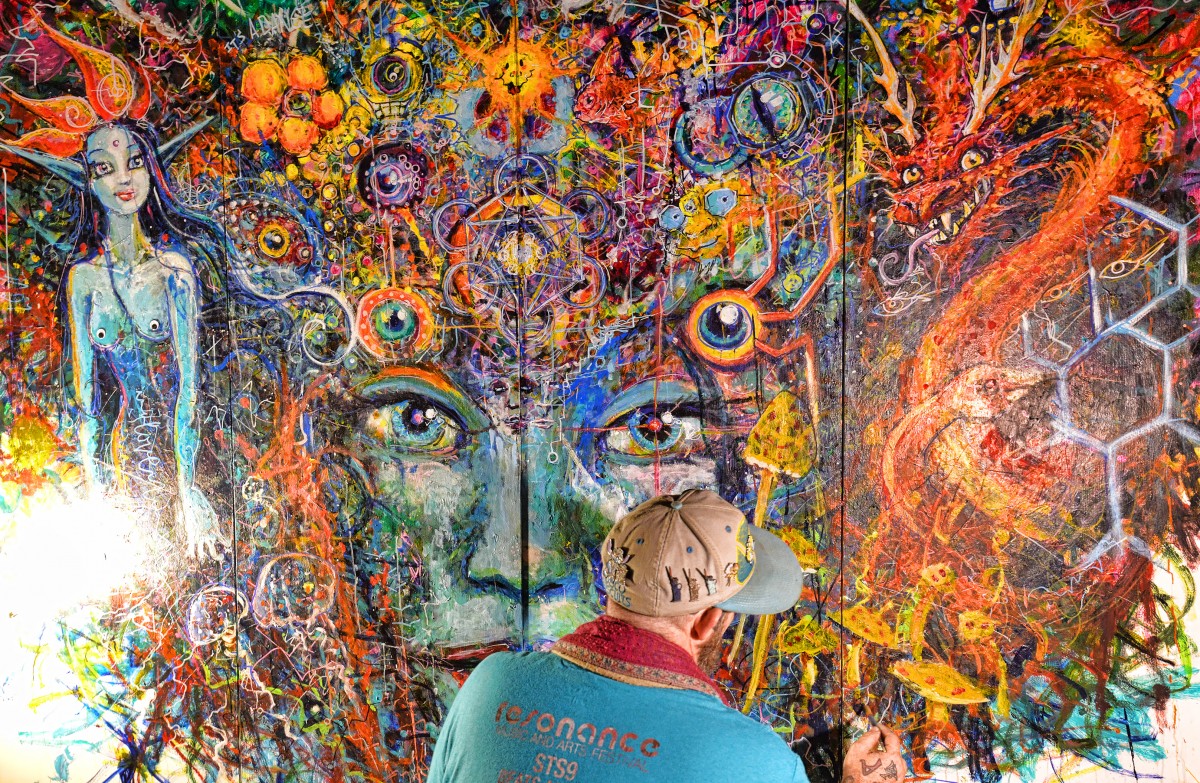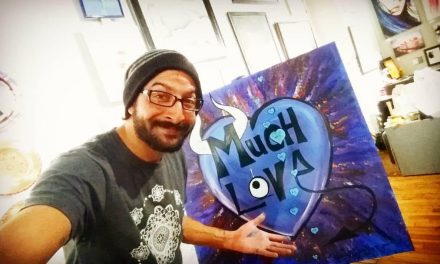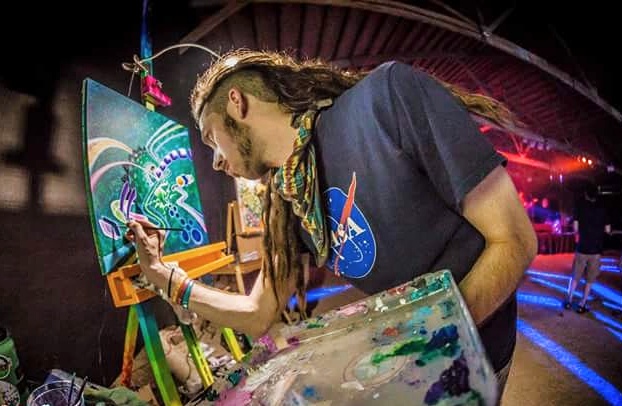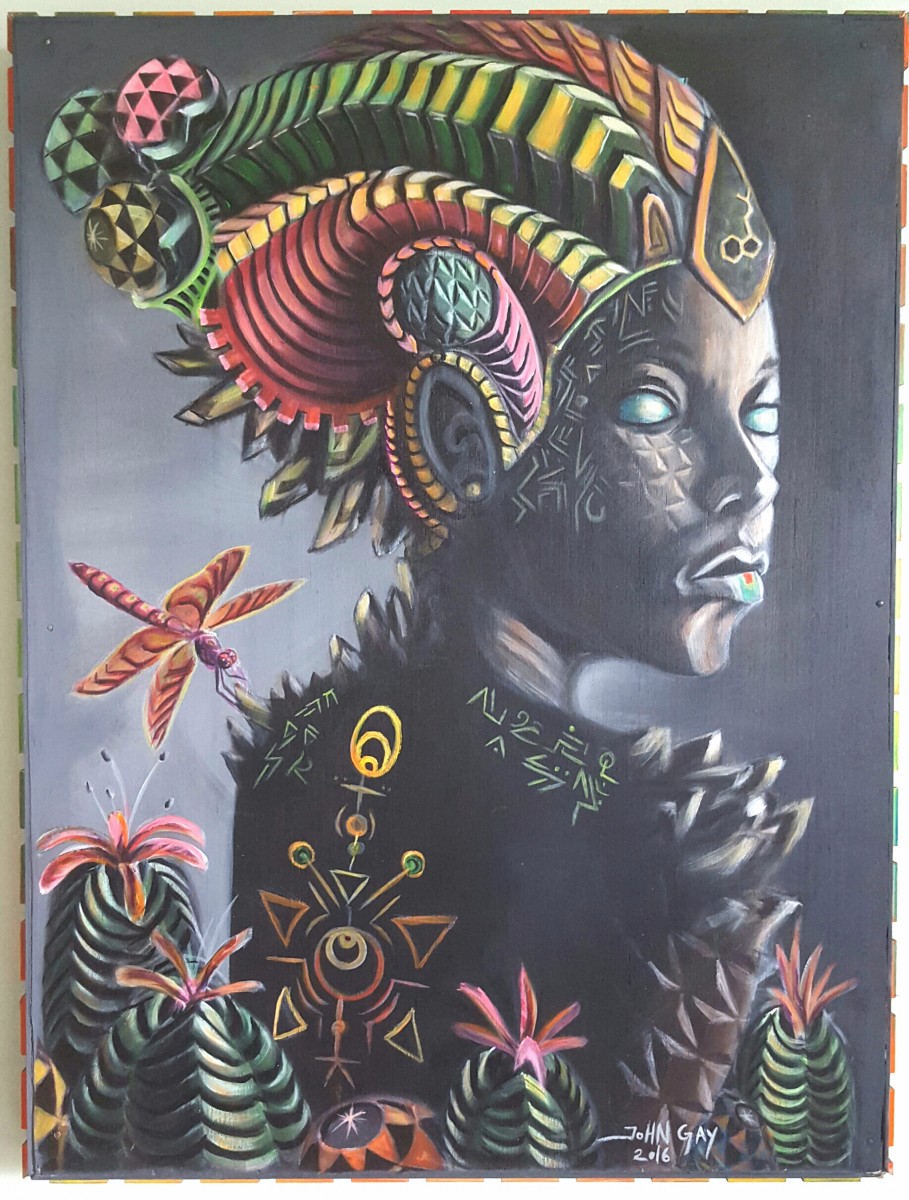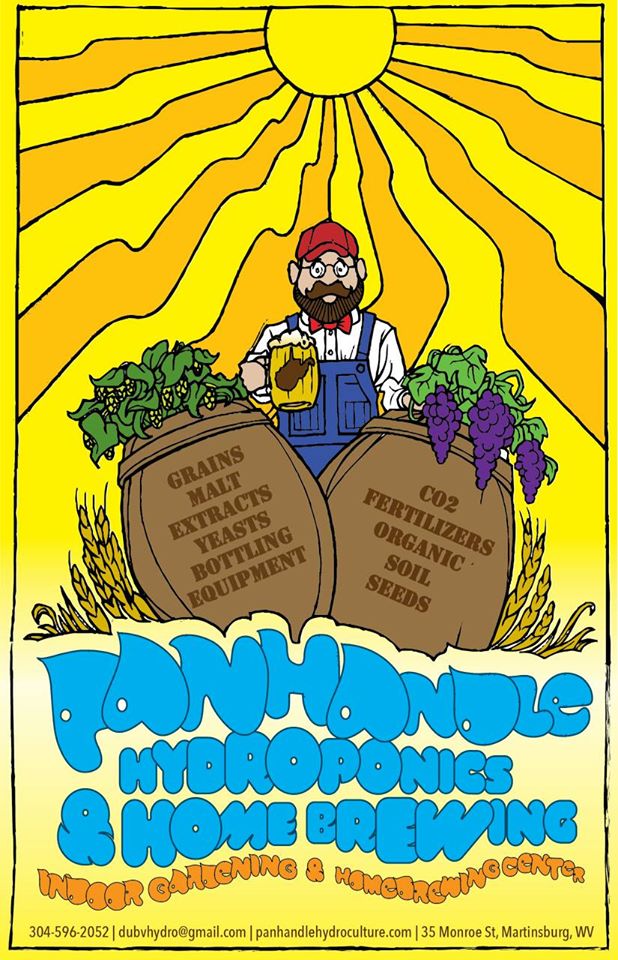Learn what BioArt is and the implications of it
It’s not only the world of live casino that surprises its affiliates with interactivity and top-notch technology in their remote table games. Modern art has amazed people with a little spoken niche, BioArt.
For those who don’t know, Bio Art explores life by blending it with biology, technology,
and art. It turns live tissues, bacteria, and living organisms into art mediums, moving
beyond usual paints or sculptures. BioArtists use biotech in their art, making us rethink
life, ethics, and art itself. It creates a special conversation between science and art.
Just a newborn
BioArt started in the late 20th century. This was when biotech and genetic engineering
made big discoveries about life. Artists saw a chance for new art in these discoveries.
They wanted to use the basics of life in their work. A key example is Eduardo Kac’s
“Genesis” from 1999. Kac changed a bible verse into Morse code, then into DNA, and
put it in a bacterium. This artwork made people think. It questioned how humans change
life forms and what DNA means.
Techniques and Media
BioArtists use many techniques. They do tissue culture, cloning, DNA changes, and
work with ecology. They work in labs and team up with scientists. They use biotech
tools. For example, they use tissue engineering to grow sculptures from cells. Genetic
engineering lets them make new kinds of organisms. BioArt uses many materials, like
cells, bacteria, plants, and animals.
Themes and Explorations
Exploring life is key in BioArt. It creates visually stunning works and makes us think and
feel deeply. A major draw of BioArt is showing how life systems are connected. It shows
the networks of ecology and biology that keep Earth alive. Artists, like Agnes Meyer-
Brandis with “Moon Goose Colony” (2012), mix real and imaginary, science and myth.
They create stories about living things in space.
Ethical considerations are at the forefront of BioArt. The manipulation of living materials
raises questions about the limits of artistic freedom, the responsibilities of creating life,
and the definition of life itself. BioArt challenges audiences to reflect on the implications
of biotechnological advancements and their impact on society, the environment, and our
understanding of existence.
BioArt and Society
BioArt connects with society. It brings up debates on genetic privacy, biosecurity, and
life’s value. It turns unseen microorganisms into something we can see and touch. This
makes science less mysterious and ready for public discussion. Being open about these
topics is important. Science and tech grow fast, sometimes faster than our ethics and
rules.
Ethical and Environmental Implications
The environmental impact of BioArt is twofold. On one hand, it can raise awareness
about ecological issues, such as biodiversity loss and environmental degradation. On
the other hand, the use of living organisms and the potential release of genetically
modified organisms into the environment pose ethical and ecological challenges. Artists
working in this field must navigate these issues, often engaging with bioethicists and
environmental scientists to ensure their work is both responsible and thought-provoking.
The Future of BioArt
Biotech tools are getting better and easier to use. This means BioArt can do more.
Things like synthetic biology and CRISPR gene editing open new doors for artists. They
hint at a future where art and life mix even more. But, we must think carefully about
ethics, society, and the environment.
BioArt sits where new ideas meet deep thought, and where science meets society. It
makes us rethink how we see the living world. It suggests a future where art and
science merge, creating new life forms and insights. As we deal with today’s challenges,
BioArt helps us question our ethics and beliefs.


